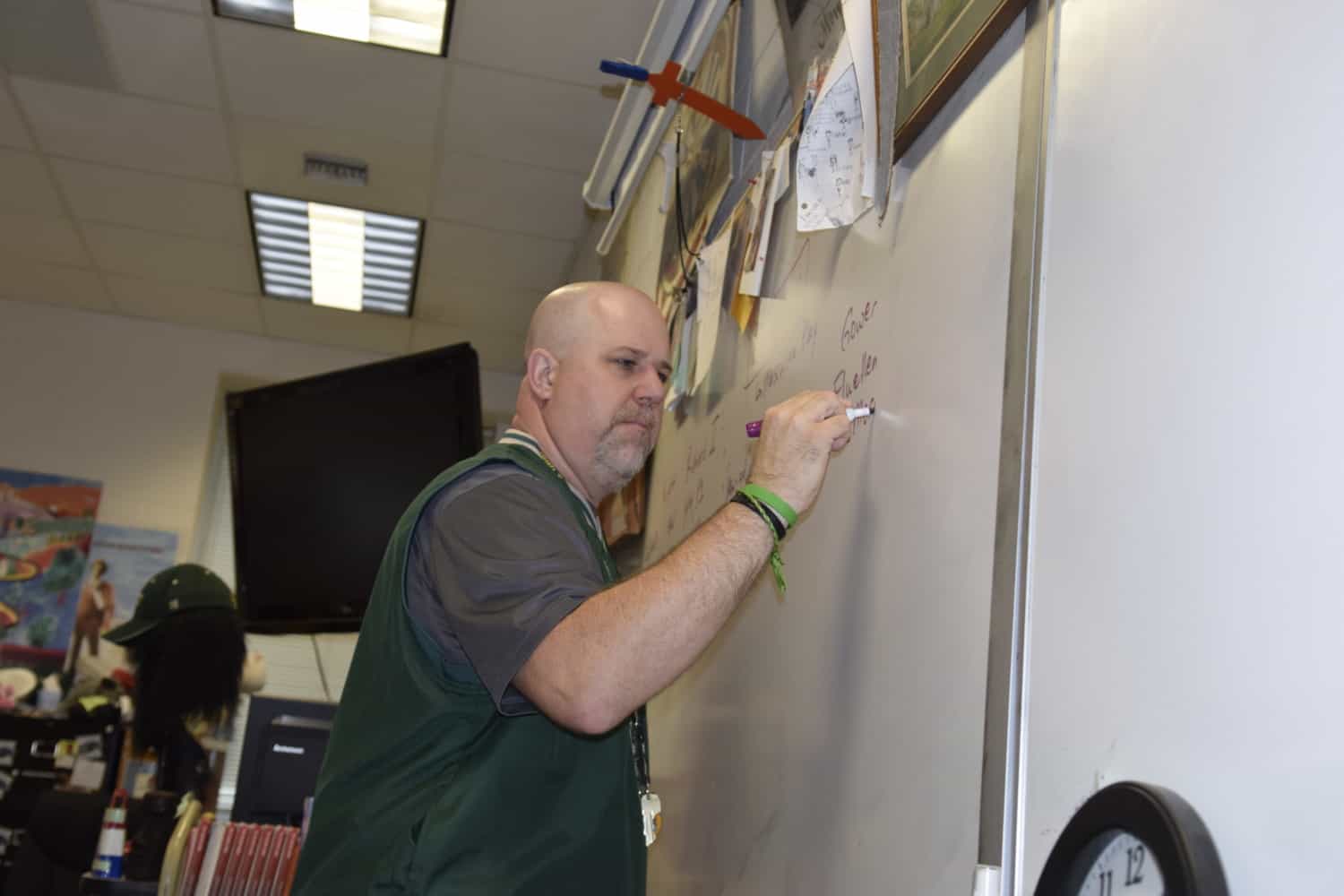The term “status quo” has become something of a nebulous term for public education and has evolved into a powerful logical fallacy used by reformers.
Consider the following:
“The heat is already intense not just because it involves the future of our children but also because a lot of money is at stake. Essentially, it’s a debate between those in the education establishment who support the status quo because they have a financial stake in the system and those who seek to challenge the status quo because it’s not serving kids well.” – Mitt Romney in the Washington Post, January 6, 2017.
“We just can’t accept the status quo in education anymore.” – Sen. Joe Lieberman at DeVos hearing, January 16, 2017.
Asked by George Stephanopoulos what the single most important thing teachers could do to ensure the success of the Common Core, Gates’ answer was simple: The status quo must go. “Grasping the standards requires more than just the standards being present themselves, and disrupting the status quo is key to maximizing individual attention available to each student to ensure their success.”– “Bill Gates: Common Core misunderstood by opponents”
The above three quotes have one term in common – “status quo.”
The above three quotes also state that the “status quo” of public education is not acceptable and there must be changed.
Except, what really is the “status quo?”
What Romney, Lieberman, and Gates consider the “status quo” is intrinsically linked to a final product, measured by standardized testing and other mercurial measurements.
However, the real “status quo” is not really linked to that final product. It is more a reflection of the constant infusion of reform models that have altered the process by which public schools have been able to teach our children. The truth is that the existing state of public education is always being subjected to scrutiny, modification, alteration, and change from outside forces for political or profit-minded reasons.
What I would consider the “status quo” is the commitment to flux and change to the variables that measure student achievement and school success by people outside of the actual education process. And in that regard, I do agree that the status quo should change.
Again and again each has misinterpreted the situation of public education because there really has been no “status quo” in public education. If anything, the terrain of public education has been in a state of constant flux for the past thirty years. With the “Nation at Risk” report to “No Child Left Behind” to the advent of high stakes testing to the innumerable business models infused into education to “Race to the Top” to Common Core to charter school movement to vouchers, the thought of even calling what we have had in our country “status quo” is not just wrong –
It’s ignorant. And it is purposefully done.
And all of those causes in the change to the “status quo” were not necessarily brought by educators as much as by politicians and business leaders, titles that the three gentlemen mentioned before wear. And the very actions that have caused their version “status quo” are allowing politicians to blame public education for failing to hit targets that are constantly moving or in many cases invisible so that “leaders” and reformers can come and claim to save the day.
That’s how we get Betsy DeVos, the most unqualified candidate for secretary of education, as an appointee of a president who touts his business acumen.
If one were to simply look at all of the initiatives introduced into public education (both nationally and state-based) while considering changes in curriculum and requirements, that person would see an ever changing landscape.
If one were to track all of the tests that have been constructed, graded, and disseminated by “experts” outside of public education, that person would see that measurements that grade students and schools are like invisible targets constantly being moved without any warning.
Ironically, the conversation about changing the “status-quo” in public education has been fueled more by the business world and politicians who have been altering the terrain of public education with “reforms.”
When entities like the Gates Foundation, the Walton Foundation, the Broad Foundation, the American Federation of Children, the American Legislation Exchange Council (ALEC), think tanks, and other PAC’s are constantly promoting reforms in public schools, the idea that there is a “status quo” becomes implausible.
There are too many people intentionally stirring the pot of public education and then complaining that something else should be added to the mix.
A Nation at Risk, No Child Left Behind, Race to the Top, Every Student Succeeds Act, Common Core, SAT, ACT, standardized tests, achievement gap, graduation rates, merit pay, charter schools, parent triggers, vouchers, value added-measurements, virtual schools, Teach For America, formal evaluations – there are so many variables, initiatives, and measurements that constantly change without consistency which all affect public schools and how the public perceives those schools.
If there is any “status quo” associated with the public schools, it’s that there are always outside forces acting on the public school system which seek to show that they are failing our kids.
That’s the status quo that should not be accepted.





